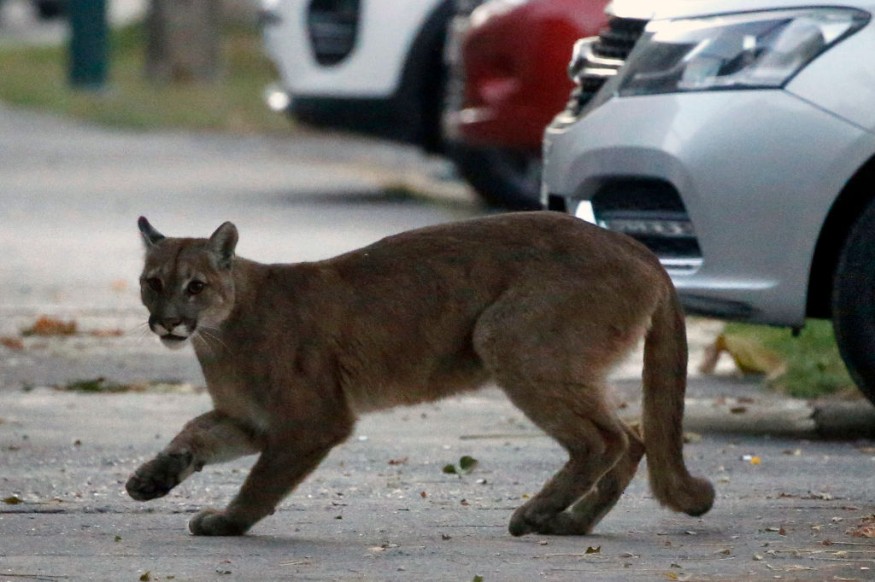Modern contaminants have a tremendous impact on how animals perceive their surroundings. Experts debate the effect of light and noise pollution on animal senses.

Light Pollution

All life on Earth has relied on the Earth's consistent day-night cycle for billions of years. All plants and animals have it encoded in their DNA. By lighting up the night, we have completely interrupted this cycle.
Plants and animals rely on the Earth's daily cycle of light and shade to regulate life-sustaining behaviors, including reproduction, nutrition, sleep, and predator defense.
Many animals, including amphibians, birds, mammals, insects, and plants, are thought to be negatively affected by artificial light at night, according to scientific data.
Light Pollution Affecting Animals and Plants
Artificial light harms the environment.
Nocturnal animals are active at night and sleep during the day. By turning night into day, light pollution drastically changes their overnight habitat.
"The advent of artificial light arguably constitutes the most profound adjustment human beings have made to their surroundings," according to study scientist Christopher Kyba.
"Predators utilize light for hunting, while prey species use darkness for concealment," says Kyba. "Cloudy skies around cities are now hundreds, if not thousands, of times brighter than they were 200 years ago." We're only now beginning to understand the magnitude of the impact on nighttime ecology."
Artificial light glare can influence wetland ecosystems that are home to amphibians like frogs and toads, whose nocturnal croaking is part of their mating process. Artificial lights interfere with reproduction and population reduction by disrupting nighttime activities.
Noise Pollution

Noise pollution is an unseen threat to the health and well-being of all living things. In this series of posts, we'll look at how noise pollution impacts wildlife, humans, and the environment.
Noise pollution, commonly referred to as environmental noise or sound pollution, is any undesired or irritating sound that negatively influences human or animal behavior. Although it is an unseen threat, it is very much present in our daily lives.
Effects of Man-Made Pollution
Human-made noise can harm animals, according to a report published by Queen's University Belfast in the journal 'Biology Letters.'
Over a hundred species were examined in this study and split into seven categories: amphibians, arthropods, birds, fish, mammals, mollusks, and reptiles. The research was based on tests that captured several elements of the animals' behavior before and after noise exposure.
The findings revealed that noise pollution influenced all seven species groupings, with no differences in their responses to noise.
Evolutionary Adaptation
Evolutionary adaptation, or simply adaptation, is the process through which organisms adapt to their surroundings to enhance their chances of survival.
Living creatures adjust to their surroundings. This means their appearance, behavior, structure, or style of existence renders them fit to survive and reproduce in their environments. Giraffes, for example, have incredibly long necks to allow them to consume lofty plants that other animals cannot reach. Cats' eyes are shaped like slits. The cat's eyes can adjust to brilliant light when the slits are small and very low light when the slits are wide open.
Unable to Adapt
Unfortunately, due to certain biological limitations, not many organisms can rapidly adapt to a rapidly modernizing environment; among the things hindering these creatures are the harms that light and noise pollution brings.
For more environmental news, don't forget to follow Nature World News!
© 2025 NatureWorldNews.com All rights reserved. Do not reproduce without permission.




